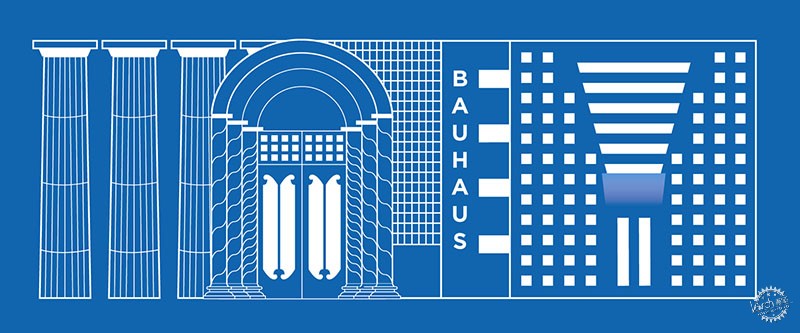
© ArchDaily
从古至今的12种建筑风格
The Characteristics of 12 Architectural Styles From Antiquity to the Present Day
由专筑网李韧,邢子编译
历史常常呈线性发展,但这种发展方式却会遗漏一些重要的历史事件,而这些事件主要集中在西方世界。
我们都明白应该从一个现象去追本溯源,这能够帮助我们更广泛地了解多年来的发展成果。在建筑历史中,随着时间的流逝,我们应该理解其中所发生的核心运动,亦或是前一个事件所导致的结果。因此,我们总结了当前为止最具影响力的建筑风格与运动。
History has often been taught in a linear way. This way of teaching has often left out grand historical narratives, and focused primarily on the occidental world.
However, it is also known that to understand how one phenomenon leads to another, it can help to create a broad overview of what humanity has produced over the years. In the history of architecture, it is interesting to understand the central movements and consecrated styles that emerged over time as reactions, that is, continuities or ruptures, in relation to what had been produced so far. Therefore, we present some of the most influential architectural styles and movements in history, its features, and singularities.
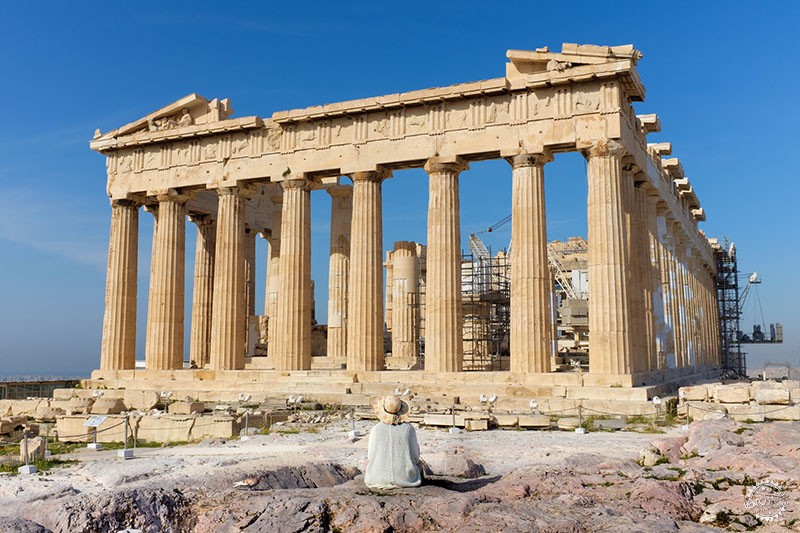
© Kristoffer Trolle via VisualHunt.com / CC BY
古典主义
古典主义建筑于公元前7世纪至4世纪诞生,起源于古希腊,作品主要为大型石制宗教寺庙,其设计原则遵循一定的柱式、对称、几何以及透视形态,而最为显著的特征则是建筑柱式的表达,即多立克、爱奥尼、科林斯三种柱式。古典主义作品的代表是古希腊的帕提农神庙,雅典卫城建造于公元前5世纪,其中的帕提农神庙有着如下特征,即建筑体量和柱式完美地融合,并且相互支撑。
Classic
Classical architecture was constructed in Ancient Greece between the 7th and 4th century BC. It is best known for its large religious temples built in stone, designed from principles of order, symmetry, geometry, and perspective. A notable characteristic of its expressiveness are the principles of the “architectural orders”: Doric, Ionic, and Corinthian. The greatest work of Classical architecture is the Parthenon. Built in the Acropolis of Athens in the 5th century BC, the Parthenon exhibits striking characteristics: a volume built upon a foundation that supports the sequence of columns and its capitals, which, in turn, support a pediment.

© Luis Miguel Bugallo Sánchez, via Wikimedia. License CC BY-SA 3.0
罗马式
这种风格起源于公元后6至9世纪,其风格的发展与历史背景息息相关。在当时,欧洲国家都处于战争时期,而这些建筑则受到了古代罗马时期建筑的启发,为了防止他国的入侵,因此都有着厚厚的墙体,入口呈拱形,其代表建筑是一些教堂,例如位于西班牙的Santiago de Compostela教堂,它在十字军东征期间建造而成,是此类风格的一大代表。
Romanesque
Developed in Europe between the 6th and 9th centuries, this architectural style has a great relation to its historical context. In a period when European countries were at war and worried about protecting against invasions, the buildings, inspired by the Republic of Ancient Rome, were characterized by heavy and resistant walls and minimal openings in semicircular arches. Its main exemplars were the churches built during this period, and one of its most important works is the Santiago de Compostela Cathedral in Spain. It was built during the Crusades, and it is the greatest product of this style.
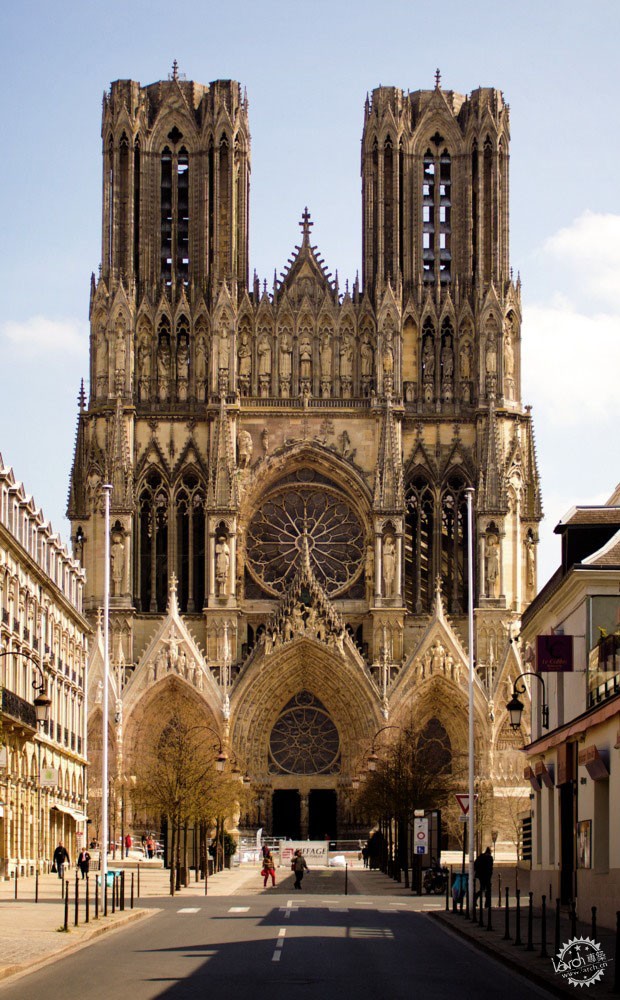
© Johan Bakker, via Wikimedia. License CC BY-SA 3.0
哥特式
我们现在所熟知的哥特式风格在当时也被称为“Opus Francigenum”或“法国作品”,此类风格起源于中世纪晚期的法国。在启蒙运动期间,哥特式风格建筑主要指代那些具有垂直上升感的建筑,主要为教堂,这些教堂都有着高高向上的肋形拱架,而许多哥特式建筑都被联合国教科文组织列入世界遗产名录,例如巴黎圣母院和兰斯大教堂。
Gothic
What we now know as Gothic architecture was originally named Opus Francigenum, or “French work,” as it originated in the Late Middle Ages in France, between the years 900 and 1300. It was only during the Enlightenment that the name “Gothic” came about to refer to the vertical and majestic architecture produced in that period. The main Gothic works are related to ecclesiastical buildings -- churches and cathedrals with ogival arches and rib vaults. Most Gothic buildings are considered UNESCO World Heritage sites, such as the Notre Dame Cathedral and Reims Cathedral.
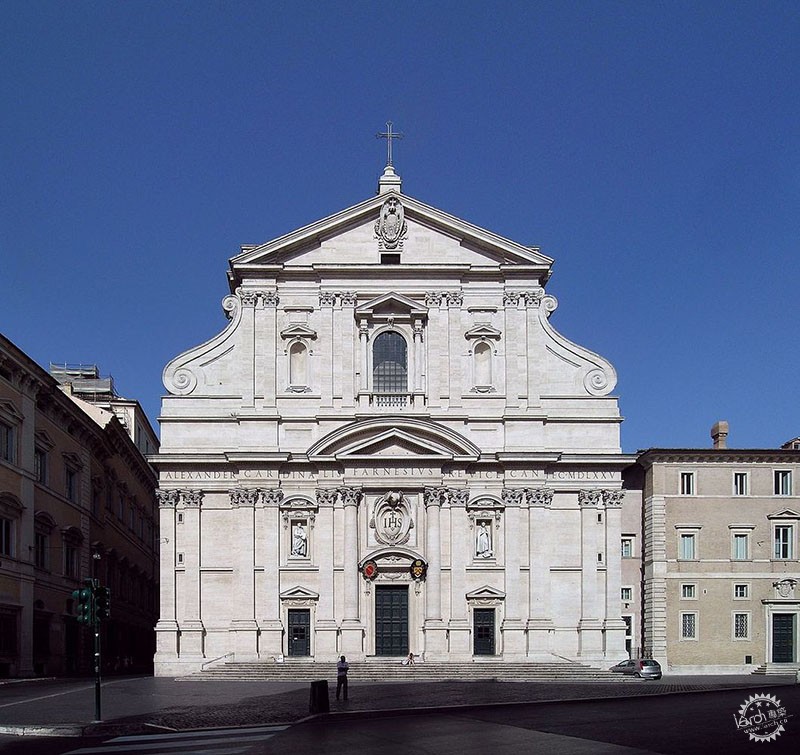
© Alessio Damato, via Wikimedia. License CC BY-SA 3.0
巴洛克
巴洛克风格起源于16世纪的欧洲,主要体现在宗教建筑中,建筑师们通过复杂的装饰元素来表达建筑特征,特别是光影之间的对比,巴洛克建筑的结构要素同样也用作装饰,其中的经典例子为罗马Gesù教堂,其立面系统是真正意义上的巴洛克风格。
Baroque
Beginning in the 16th century under a Monarchist regime in Europe, Baroque architecture can also be seen in religious buildings. Making use of ornaments and elements that sought to establish a dramatic sense -- especially by contrasting light and dark -- Baroque architecture viewed structural elements as platforms for decoration. One of the early exemplars of this style is the Church of Gesù in Rome, which boasts the first truly Baroque façade.

© Avda, via Wikimedia. License CC BY-SA 3.0
新古典主义
18世纪,新古典主义推崇者们希望复兴古代罗马与希腊风格的建筑,这些建筑有着强烈的社会与经济的背景相关性,在欧洲工业革命期间,欧洲的中产阶级及上流社会开始了对于古典作品的全面了解。欧洲的文艺复兴形成了趋于理性的建筑风格,同时也是对于巴洛克建筑的呼应,该运动一直持续到19世纪,并且在各个国家均有出现。
Neoclassical
From the 18th century onwards, Neoclassical architecture sought to revive Classical Greek and Roman buildings. Its expression is strongly related to its social and economic context, the Industrial Revolution in Europe, and a period in which upper-middle-class students began the Grand Tour tradition -- traveling around the world and coming into contact with ancient works. The revival of European cultural production brought an architecture oriented toward rational symmetry as a response to Baroque architecture. This movement continued until the 19th century and was manifested in various countries.
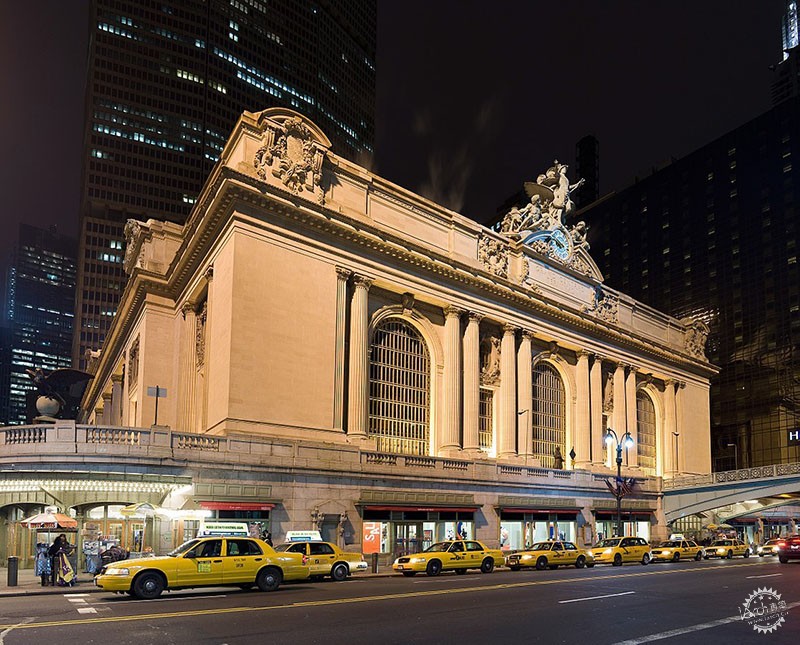
© Eric Baetscher, via Wikimedia. License CC BY-SA 3.0
学院派
这种风格于19世纪30年代中期起源于巴黎美术学院,在这种风格中,诸如法国新古典主义、哥特式风格、文艺复兴等作品的特征均包含在内,另外,此类建筑甚至还结合了诸如玻璃和铁等现代材料。虽然学院派风格主要应用于法国,但同样对美国建筑产生了深远的影响,诸如“高层建筑之父”沙利文的作品也深受其影响。在欧洲,其代表作品是巴黎大皇宫,而在美国的代表作则是纽约中央车站。
Beaux-Arts
This academic style originated in the Fine Arts School in Paris in the mid-1830s. It established a language that referred to other periods, such as French Neoclassicism, Gothic architecture, and the Renaissance, however, it also employed contemporary materials such as glass and iron. Although it emerged in France, this style influenced American architecture and served as a reference to architects such as Louis Sullivan, “the father of the skyscraper." The buildings from this movement exhibit sculptural ornamentation blended with modern lines. In Europe, an important example is the Grand Palais in Paris, and, in the United States, the Grand Central Terminal in New York.
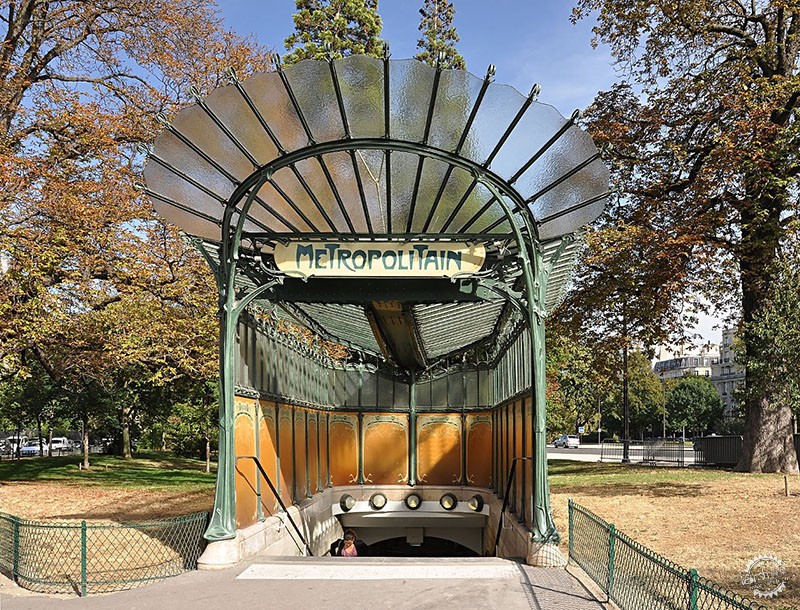
© Moonik, via Wikimedia. License CC BY-SA 3.0
新艺术运动
新艺术运动不仅就建筑而言,甚至还引申到绘画、家具、平面设计等方面,同时这是对欧洲折中主义的一大对抗,新运动艺术主要通过其装饰性元素呈现在建筑之中,在其中,建筑由弯曲的弧线进行装饰,其设计灵感来源于自然植物、花朵、动物等形态。第一座新艺术运动的作品由比利时建筑师Victor Horta设计,然而,其最具代表性的作品则来源于法国设计师Hector Guimard。
Art Nouveau
Art Nouveau originally served as a guide to several disciplines from architecture to painting, and furniture design to typography. As a reaction to the eclectic styles that dominated Europe, Art Nouveau manifested itself in architecture in decorative elements: the buildings, full of curved and sinuous lines, received ornaments inspired by organic shapes such as plants, flowers, and animals, both in terms of design and the use of color. Its first buildings were designed by Belgian architect Victor Horta, however, the most emblematic exemplars were authored by the Frenchman Hector Guimard.
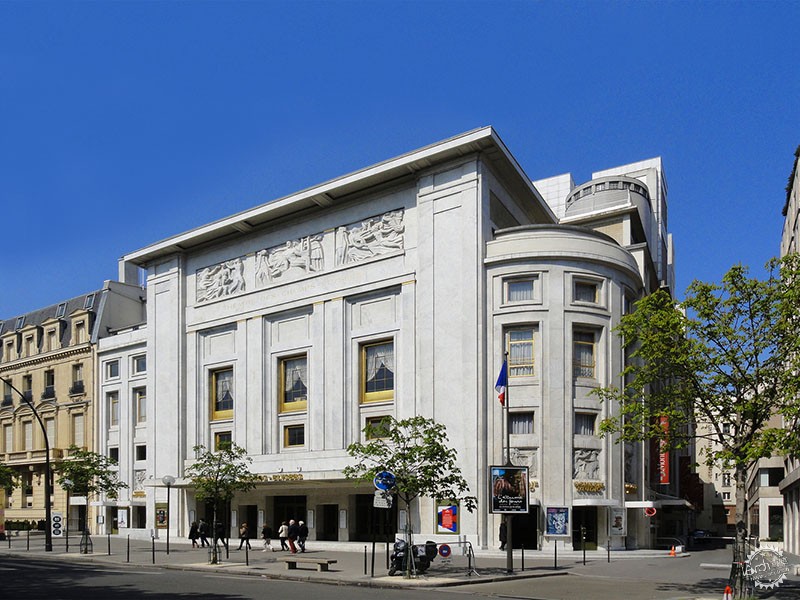
© Coldcreation, via Wikimedia. License CC BY-SA 3.0
装饰艺术派
装饰艺术派出现在一战之前,与新艺术运动相同的是,此类风格也广泛地影响了当时的艺术设计界。装饰艺术派结合了现代设计、工艺元素、豪华材料,同时也代表了技术的巨大进步。法国建筑师Auguste Perret是此类风格的先驱,他善于使用混凝土,从而设计了第一座真正意义上的装饰艺术派建筑,他于1913年设计的Champs-Elysées剧院结合了该艺术派的各项特征,同时也摆脱了此前新艺术运动的影子。
Art Deco
Art Deco emerged in France right before World World I, and, just like Art Nouveau, influenced several areas of art and design. Blending modern design, handcrafted elements, and luxurious materials, the movement represented a moment of great belief in social and technological progress in the continent. Auguste Perret, a French architect and pioneer in the use of reinforced concrete, was responsible for designing one of the first Art Deco structures. Perret's Champs-Elysées Theater (1913) combined the movement’s characteristics and marked a departure from the previously proposed language of Art Nouveau.
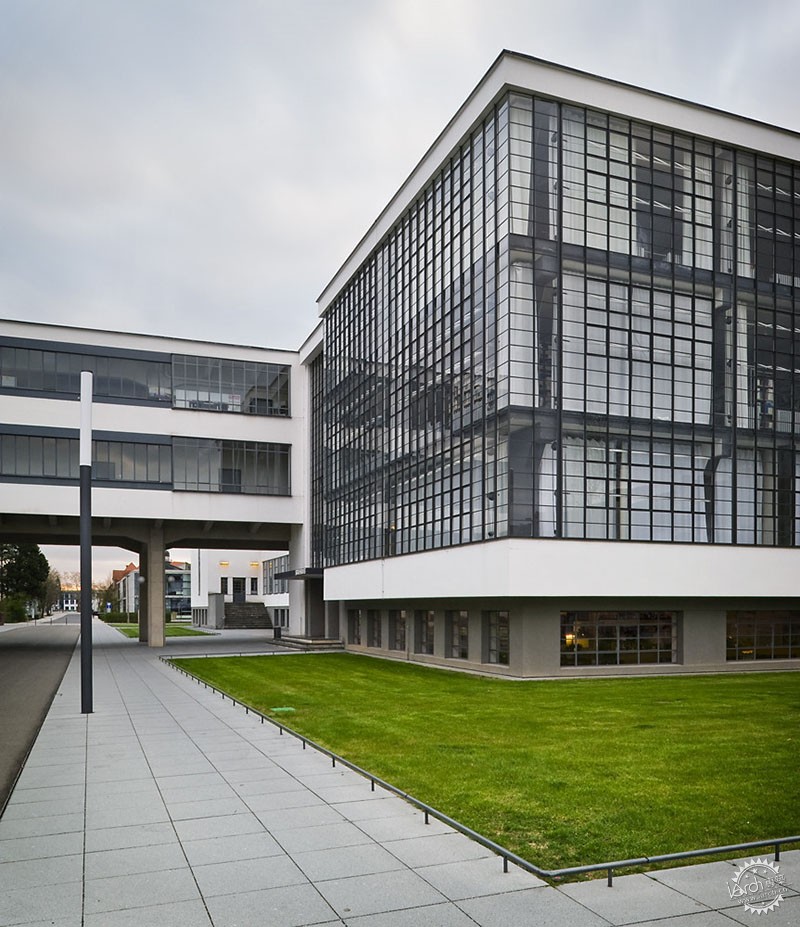
© Thomas Lewandovski
包豪斯风格
包豪斯学派诞生于20世纪末,是世界上的第一所设计学院,它结合了家具设计、造型艺术、德国先锋主义等特征,工业产品之间的联系对于学院的建筑特征来说至关重要,其设计作品有着高度理性特征,格罗皮乌斯是包豪斯学派的创始人,他提倡现代化和功能主义,在该学院的教学中,这些理念得以延续。
Bauhaus
Bauhaus was born at the first design school in the world at the end of the 20th century. It was embedded in a discourse that spanned from furniture design to plastic arts and the avant-garde posture in Germany. The relationship between industrial production and product design was critical to the school’s architectural proposals, adopting a highly rationalized stance on the design process. One of its founders, Walter Gropius, implemented revolutionary teaching methods and applied these principles in his modern and functional works.
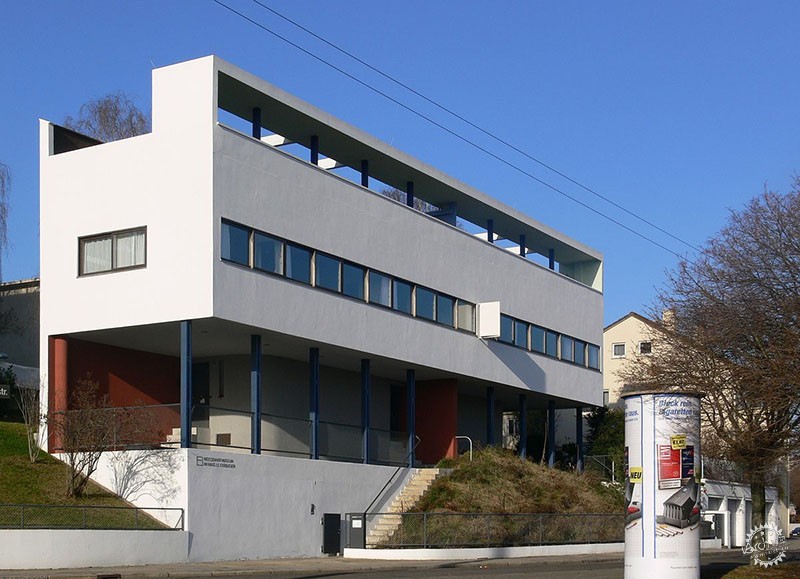
© Andreas Praefcke, via Wikimedia. License CC BY 3.0
现代主义
现代主义起源于20世纪早期,德国的包豪斯学派、法国的柯布西耶,亦或是美国的赖特皆是其先锋代表,其中柯布西耶对于现代主义发展的贡献尤为明显,其作品有着高度的统一性,在1926年,他发表了“新建筑五点”的声明,被后人称为是“现代建筑五要素”。
Modern
Modernism was born in the first half of the 20th century. It can be said it began in Germany with Bauhaus, or France with Le Corbusier, or the U.S. with Frank Lloyd Wright. However, Le Corbusier’s contribution to the understanding of Modern architecture is most notable, particularly for his ability to synthesize the precepts he adopted in his works, design, and discourse. An example is his 1926 manifesto “The Five Points of New Architecture,” also known as the Five Points of Modern Architecture.
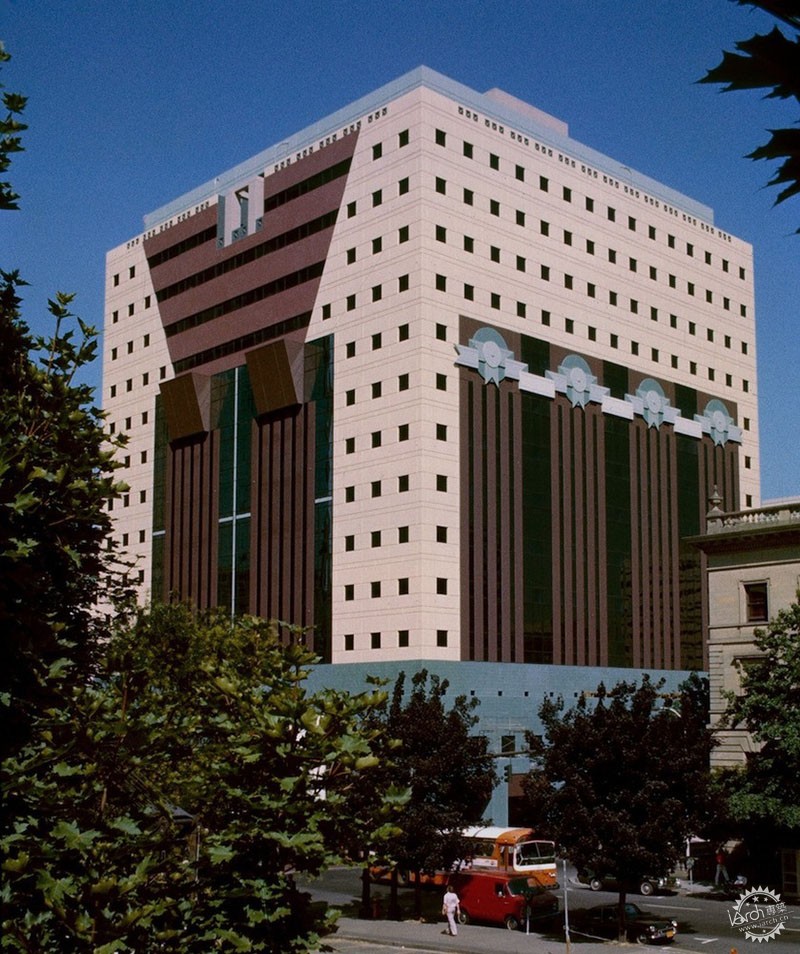
© Steve Morgan, via Wikimedia. License CC BY-SA 3.0
后现代主义
后现代主义起源于1929年,一直持续到上世纪70年代,其中包含有一系列对于现代主义建筑的批判。后现代建筑推崇者从全新的历史和构成角度重新审视现代建筑,因此,不同的建筑也有着不同的设计策略,有时表达的是讽刺,而有时则表达的是对大众文化的欣赏。后现代主义大师文丘里所著的《向拉斯维加斯学习》一书便体现了后现代主义的核心内容。
Postmodern
From 1929 onwards, with the onset of the Great Depression, a chain of criticism of Modern architecture begins and continues until the late 1970s. Postmodern architecture examines some of Modernism’s central principles from a new historical and compositional perspective, both in discourse and built works. For this, different strategies for questioning were adopted, sometimes by the use of irony, others by an intense interest in popular culture. The book “Learning from Las Vegas” is one of the seminal works of Postmodern thought.

© victortsu on Visual Hunt / CC BY-NC
解构主义
解构主义起源是上世纪80年代,推崇者们对建筑的构思和设计过程提出了质疑,同时将非线性设计理念引入其中。解构主义包含有两个主要的概念,其一是解构主义哲学,这是一种对于传统哲学理念的拆分,另外则是结构主义,它于20世纪早期起源于俄国。在1988年当代艺术博物馆举办的解构主义作品展是此类风格的重大事件,本次展览由Phillip Johnson举办,其中展出了彼得•艾森曼、弗兰克•盖里、扎哈•哈迪德、雷姆•库哈斯、丹尼尔•里伯斯金、伯纳德•屈米,以及蓝天组的设计作品。
Deconstructivism
Deconstructivism originated in the 1980s and questions the precepts and process of design and incorporates nonlinear dynamics to the field’s reasoning. Deconstructivism relates to two main concepts: deconstruction, a literary and philosophical analysis that rethinks and dismantles traditional modes of thinking; and constructivism, the artistic and architectonical Russian movement from the early 20th century. A landmark event for Deconstructivism was the 1988 MoMA exhibition curated by Phillip Johnson. It brought together the works of Peter Eisenman, Frank Gehry, Zaha Hadid, Rem Koolhaas, Daniel Libeskind, Bernard Tschumi and Wolf Prix.
|
|
